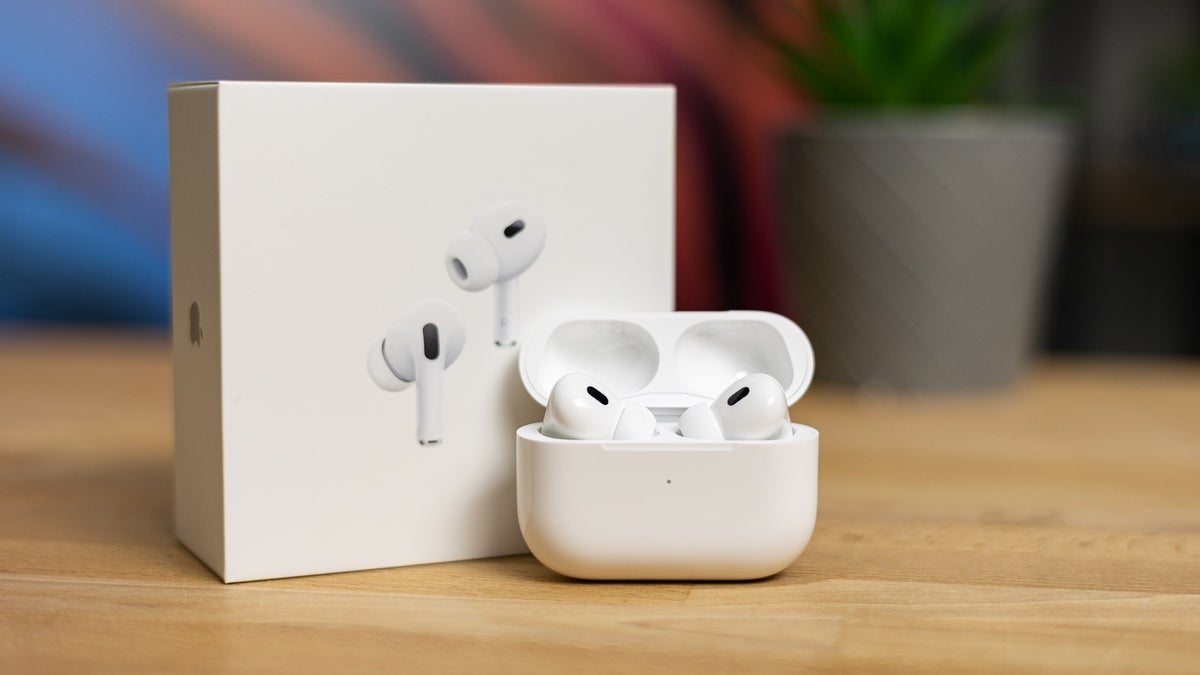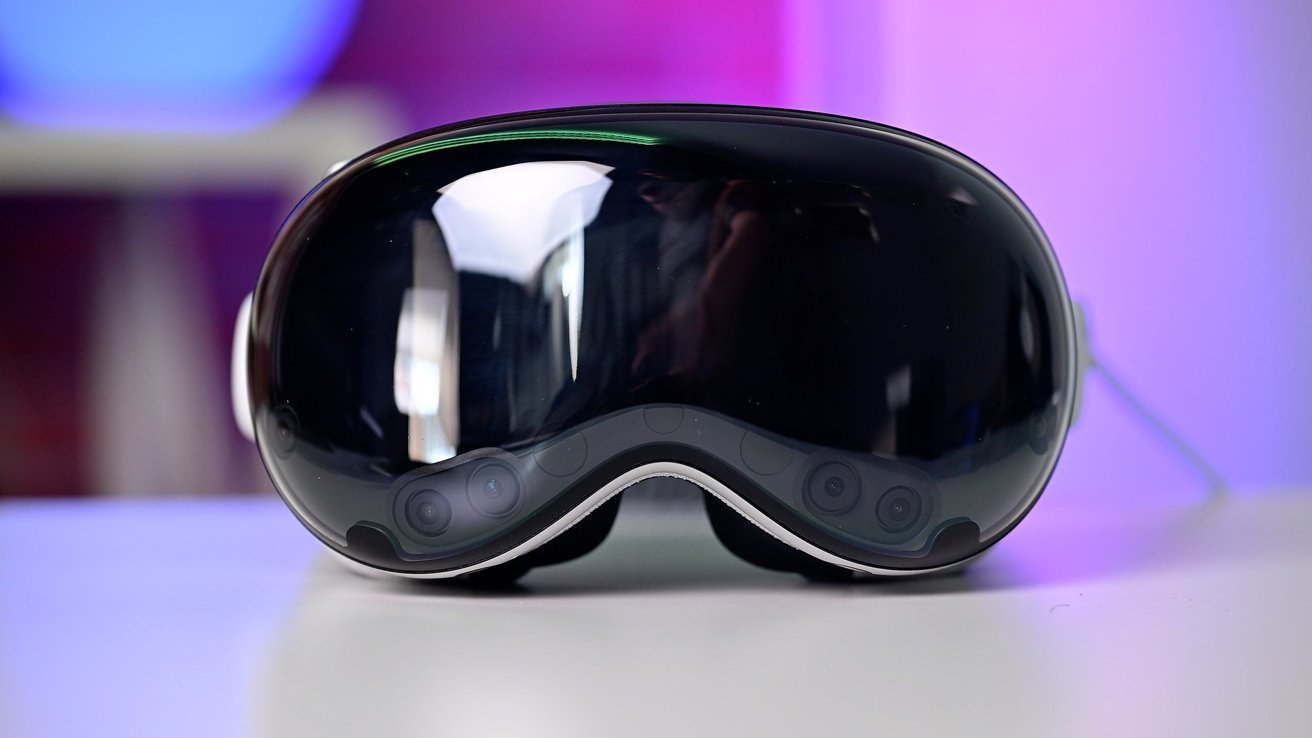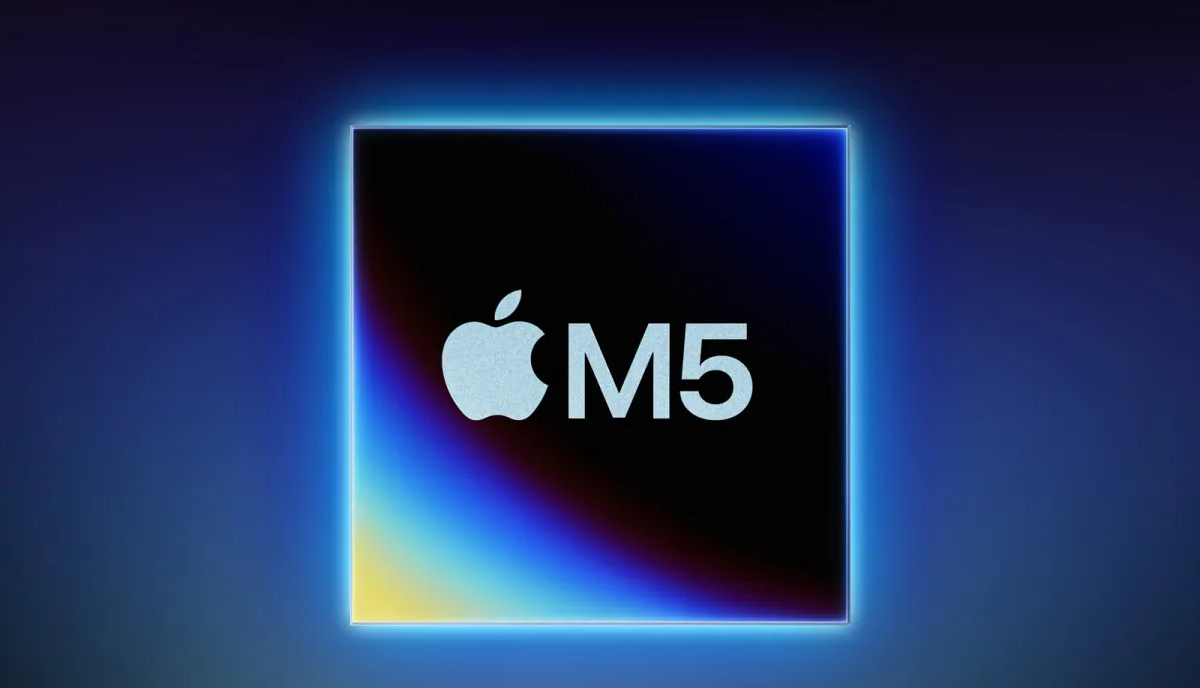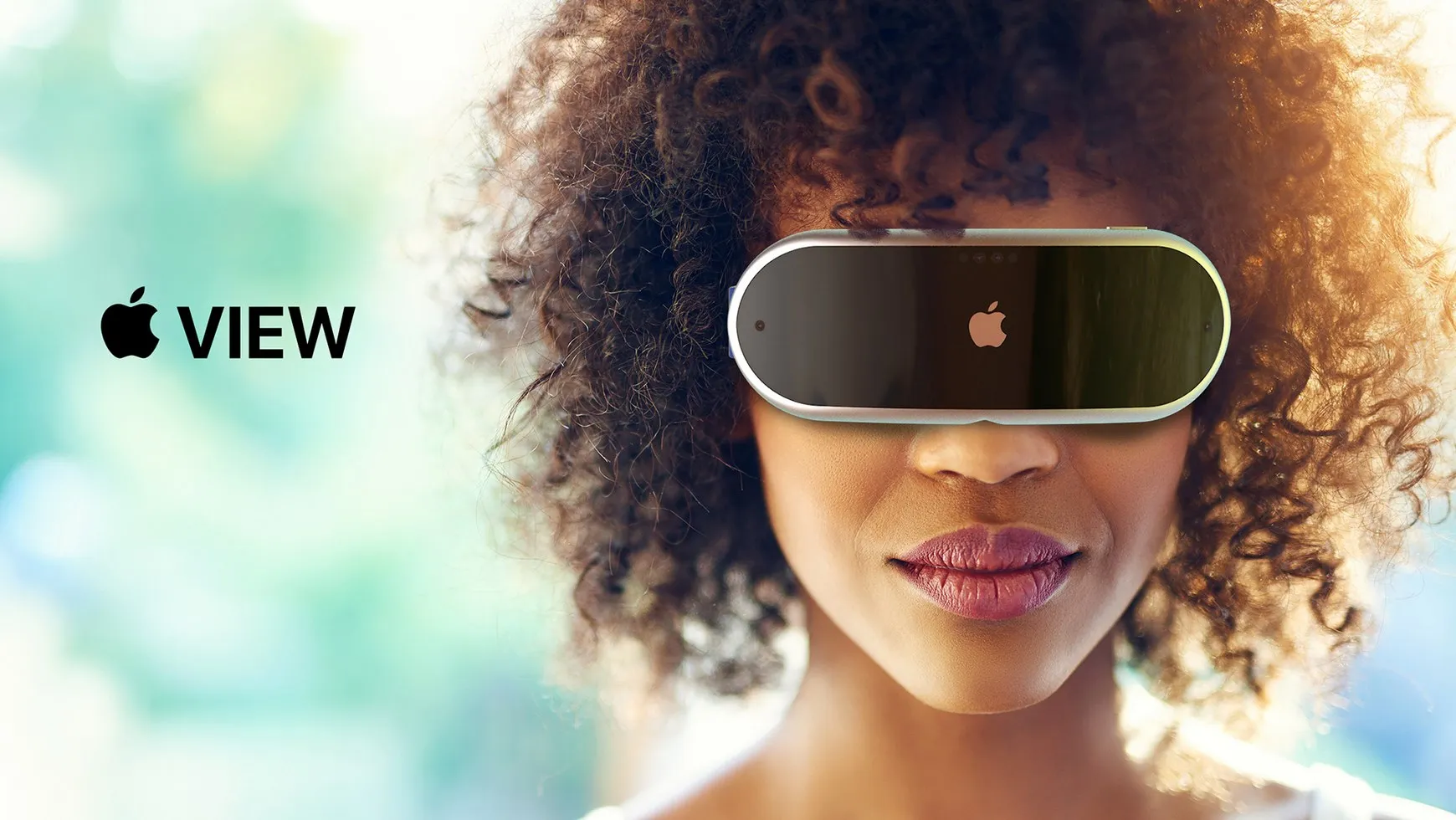Daniel Vallaire, a 70-year-old from Ft. Lauderdale, Florida, believes Siri was instrumental in saving his life after he suffered a stroke. He was stuck at home, unable to move, for nearly three days last July.
Vallaire crawled from the bathroom to the living room, struggling to stay awake. He was desperate for help when he remembered Siri could assist him.
“Hey Siri, call Victoria Vallaire,” he managed to say, and Siri did just that, connecting him to his daughter who had recently moved to California.
“If Siri wasn’t there, I wouldn’t be here talking to you now,” Vallaire admitted. His call led to his rescue, which was shared by Broward Health in December.
Recently, Vallaire got to thank the emergency team and medical staff who responded to his call, facilitated by Siri. His daughter has since moved back to Florida to be closer to him after this frightening ordeal.
Apple has made it easier to use Siri by allowing users to simply say “Siri” instead of “Hey Siri” to activate the assistant. This feature has proven life-saving in Vallaire’s case. Additionally, the Apple Watch offers other health-monitoring features like fall detection and atrial fibrillation detection, enhancing the safety of its users. This story highlights how technology can play a crucial role in life-threatening situations, turning everyday devices into lifelines.







